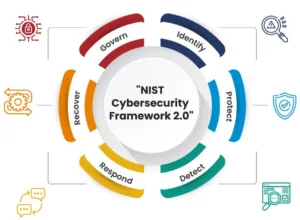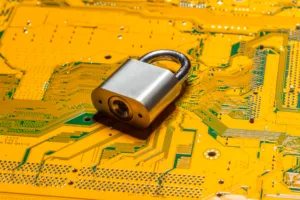
Table of Contents
In the age of advanced technology, the lines between reality and deception are becoming increasingly blurred. One of the most concerning developments is the rise of deep fake audio, a manipulation technique that has the potential to shake the foundations of trust and authenticity in our digitally connected world.
In this post, we will delve beyond the surface to unravel the intricacies of deep fake audio manipulation, exploring the risks it poses and the challenges it presents to individuals, society, and the very essence of truth.
The Symphony of Deceit – Deep Fake Audio
Imagine a world where your ears cannot be trusted, where the familiar voices of loved ones or influential figures can be seamlessly replicated to disseminate false information.
Deep fake audio is a technology that uses artificial intelligence to create highly convincing audio recordings of individuals saying things they never uttered. This manipulation extends beyond simple voice mimicry; it captures the subtle nuances, intonations, and emotions that make a voice uniquely human.
The implications of this technology are profound. Political figures could seemingly endorse policies they never supported, celebrities could be caught in fabricated controversies, and ordinary people could find themselves unwittingly involved in situations they never experienced.
The symphony of deceit orchestrated by deep fake audio poses a significant threat to the foundations of trust upon which personal and societal relationships are built.
Unmasking the Technology – Deep Fake Audio
To understand the perils of deep fake audio manipulation, it’s crucial to grasp the underlying technology driving this phenomenon. Deep fake audio relies on powerful algorithms, often based on deep neural networks that analyze and mimic the patterns of a target voice.
These algorithms can be trained on vast datasets of the target’s voice recordings, allowing them to learn and replicate the unique vocal characteristics.
As a result, the manipulated audio can sound eerily authentic, making it challenging for listeners to discern between genuine and manipulated content. The technology has advanced to a point where it can not only replicate the words spoken but also the tone, pitch, and cadence, creating a deceptive audio experience that can fool even the most discerning ears.
The Pervasiveness of Deception
Deep fake audio is not confined to political intrigue or celebrity scandals. Its implications extend to various aspects of society, including business, journalism, and interpersonal relationships. For instance, consider the impact on business negotiations where trust is paramount.
A manipulated audio clip of a CEO endorsing a fraudulent deal could lead to financial losses and reputational damage.
In journalism, where the dissemination of accurate information is critical, deep fake audio could be used to fabricate interviews or statements from public figures, compromising the integrity of news outlets.
The potential for harm in personal relationships is equally unsettling, as manipulated audio could be used to create false evidence of conversations, leading to misunderstandings, conflicts, or even legal consequences.
The Psychological Toll
Beyond the tangible consequences, deep fake audio manipulation can also exact a psychological toll on individuals. The erosion of trust in what we hear challenges our fundamental perceptions of reality. As voices we recognize and rely on become potential sources of deception, a pervasive sense of uncertainty can infiltrate our daily interactions.
In a society where misinformation is already a formidable challenge, the prevalence of deep fake audio further complicates the quest for truth. The collective trust that binds communities together is put to the test, as doubts about the authenticity of audio recordings become more commonplace.
Safeguarding Against Deception
As we navigate this era of advanced technological manipulation, it becomes imperative to develop strategies to safeguard against the perils of deep fake audio. Technological solutions, such as advanced authentication methods for audio recordings, are being explored to detect and prevent the spread of manipulated content.
These solutions aim to provide individuals and organizations with the tools to verify the authenticity of audio clips and protect against potential harm.
Education also plays a crucial role in mitigating the risks associated with deep fake audio.
Increasing awareness about the existence of this technology, its potential consequences, and ways to critically evaluate audio content can empower individuals to make more informed decisions about the information they encounter.
Conclusion
In conclusion, the perils of deep fake audio manipulation extend far beyond the surface, infiltrating the very fabric of our interconnected world. The rise of this technology challenges our notions of truth and authenticity, posing risks to individuals, relationships, and society at large.
As we grapple with the implications of deep fake audio, it becomes paramount to stay vigilant, foster technological advancements that protect against deception, and educate ourselves to discern between the genuine and the manipulated.
Only by understanding the depths of this peril can we hope to navigate the evolving landscape of audio manipulation and preserve the trust that forms the foundation of our shared reality.
Read more on https://cybertechworld.co.in for insightful cybersecurity related content.




















Thanks for sharing. I read many of your blog posts, cool, your blog is very good.
Thanks for sharing. I read many of your blog posts, cool, your blog is very good.